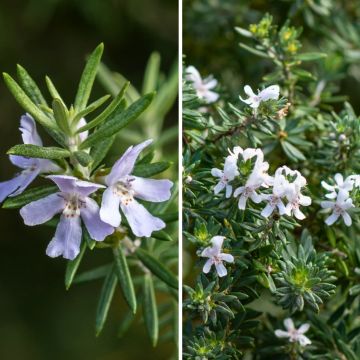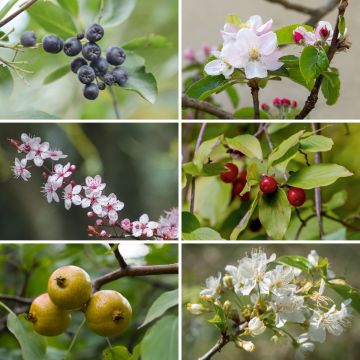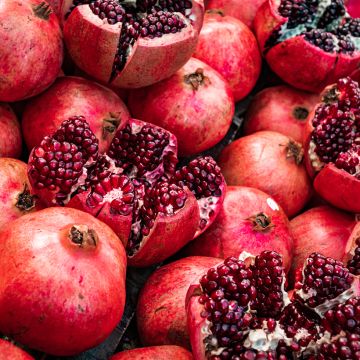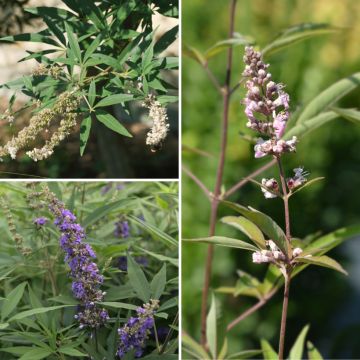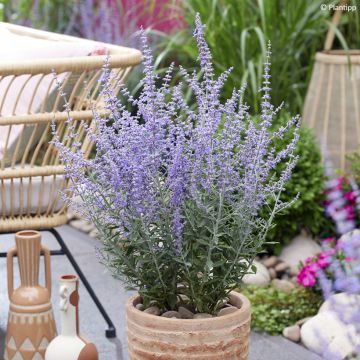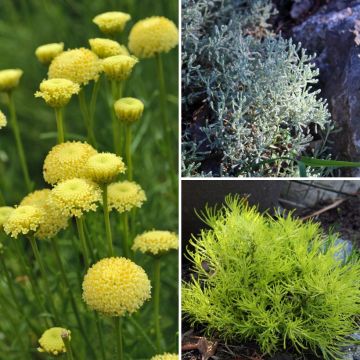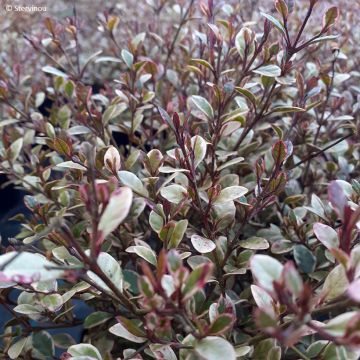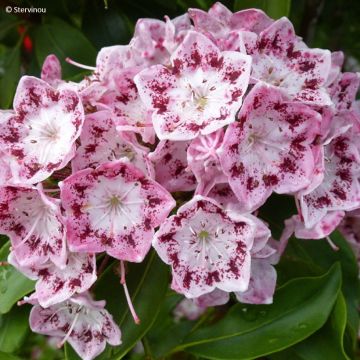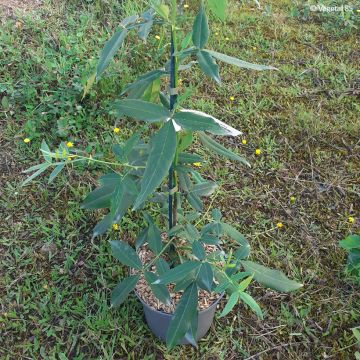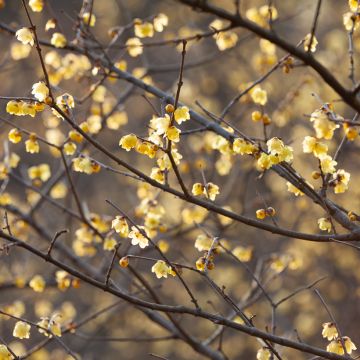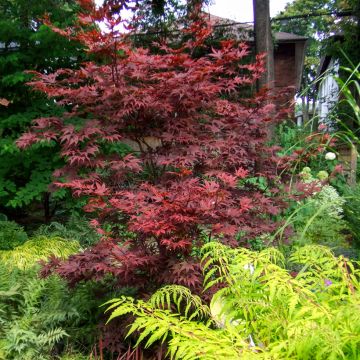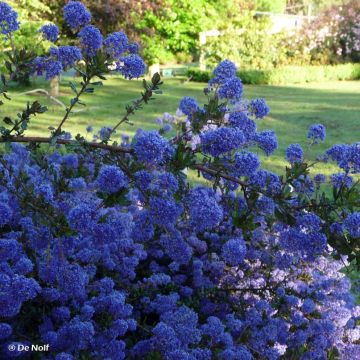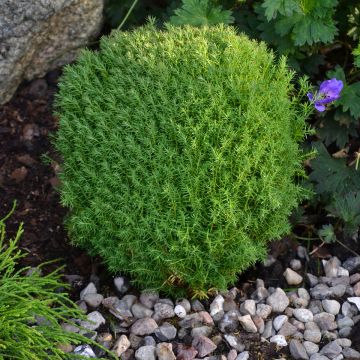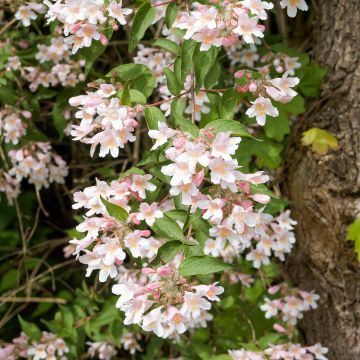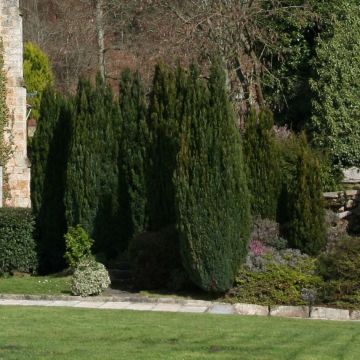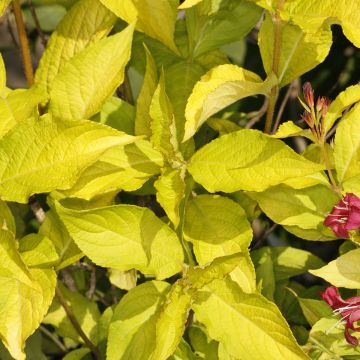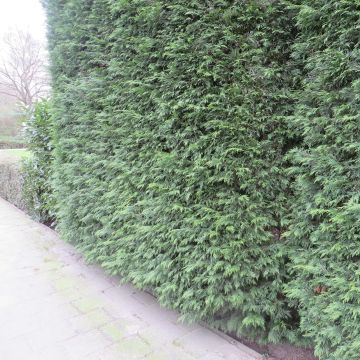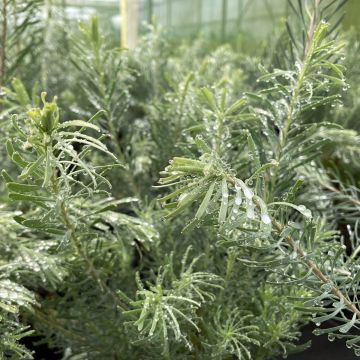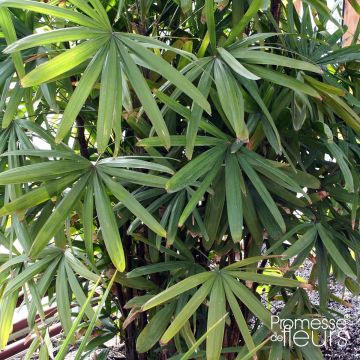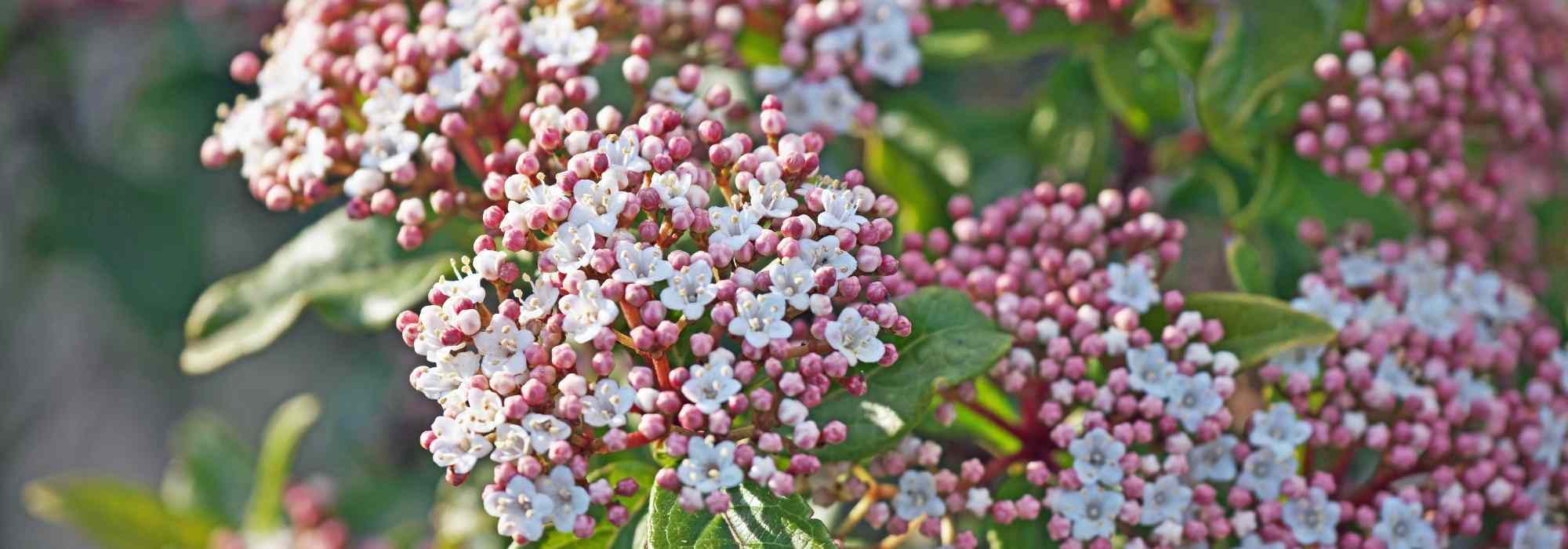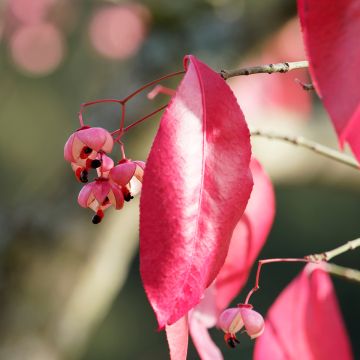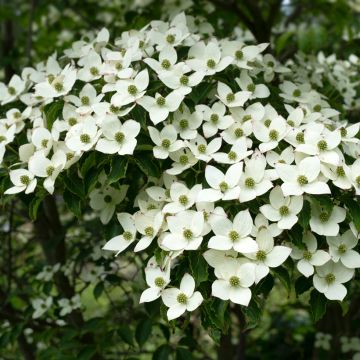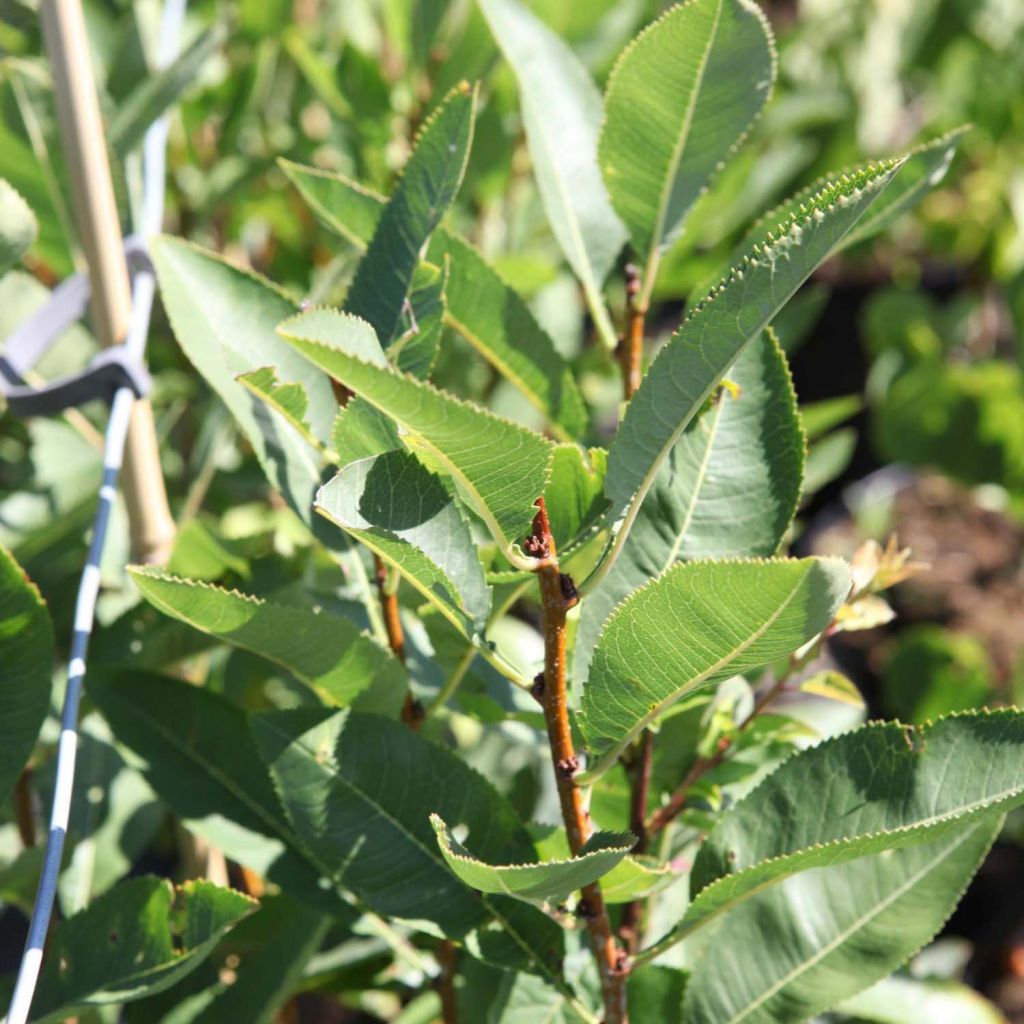

Amandier nain - Prunus tenella Fire Hill.
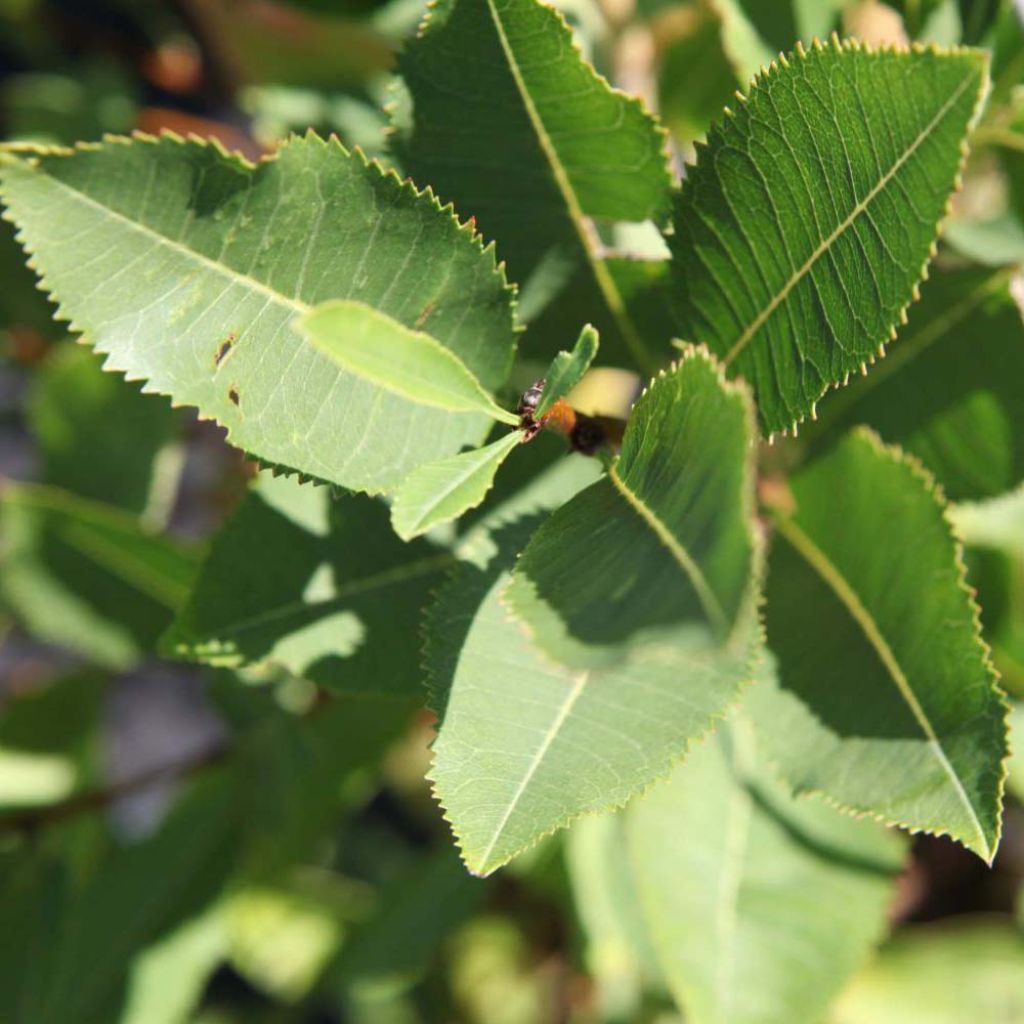

Amandier nain - Prunus tenella Fire Hill.
Prunus tenella Fire Hill
Prunus tenella Fire Hill
Dwarf Russian Almond
I find that the young plant has arrived a bit wilted for my liking, I hope it will establish well...
Nathalie, 30/09/2021
Special offer!
Receive a €20 voucher for any order over €90 (excluding delivery costs, credit notes, and plastic-free options)!
1- Add your favorite plants to your cart.
2- Once you have reached €90, confirm your order (you can even choose the delivery date!).
3- As soon as your order is shipped, you will receive an email containing your voucher code, valid for 3 months (90 days).
Your voucher is unique and can only be used once, for any order with a minimum value of €20, excluding delivery costs.
Can be combined with other current offers, non-divisible and non-refundable.
Why not try an alternative variety in stock?
View all →This plant carries a 24 months recovery warranty
More information
We guarantee the quality of our plants for a full growing cycle, and will replace at our expense any plant that fails to recover under normal climatic and planting conditions.
Does this plant fit my garden?
Set up your Plantfit profile →
Description
Prunus tenella 'Fire Hill' is a lovely variety of Russian dwarf almond tree. It is distinguished by a vibrant and bright pink flowering, more intense than the type, its small flowers literally covering its branches in April, just before the foliage appears. The shrub, low, spreading, forming a sparse bunch, spreads through suckers. Its small, narrow, shiny green leaves are elegant. In the garden, it is an easy plant to grow in well-drained soil, very hardy and charming in spring. Plant this Prunus in a large rockery or in a bed among other flowering shrubs and perennial plants!
Prunus tenella, from the large family Rosaceae, is an extremely cold-resistant deciduous botanical species, originating from Eastern Europe (Austria, Hungary, former Yugoslavia, Bulgaria, Albania) and temperate Asia. Its natural range is found in the steppes of southern Russia, Kazakhstan, Altai, extending to China. The 'Fire Hill' cultivar is distinguished by more intense flowering and a slightly more erect habit.
Of medium growth, it has a spreading habit, with few branching branches. At maturity, it will not exceed 1.5 metres (5 feet) in height on average with the same spread, expanding over the years through stoloniferous roots. The bark that covers the trunk and older branches is grey-brown to silver-grey. Just before the foliage appears, in April depending on the region, a profusion of red-pink flowers, measuring up to 3 cm (1in) in diameter, bloom closely along the previous year's branches. Highly visited by bees, they are followed by the formation of straw-yellow fruits. The leaves are entire, lanceolate, with toothed edges. The foliage, shiny green, turns yellow in autumn before falling. The root system of this bush consists of a powerful main root and numerous sucker branches, especially in porous and light soils.
Of modest stature, charming in spring and requiring very little maintenance, this dwarf almond tree is suitable for small gardens, where it will be particularly enhanced in a bed of simultaneous or staggered flowering shrubs. Perfectly hardy and very resistant, it can be grown in many regions, but dislikes compact and clay soils, dry soils, and excessively arid conditions. For example, in a hedge or in a bed, it can be associated with Japanese quince, ornamental apple trees, flowering peach trees, Chinese almond trees, hawthorns... It also grows very well in pots or containers, only needing to be repotted every two years.
Report an error about the product description
Prunus tenella Fire Hill in pictures
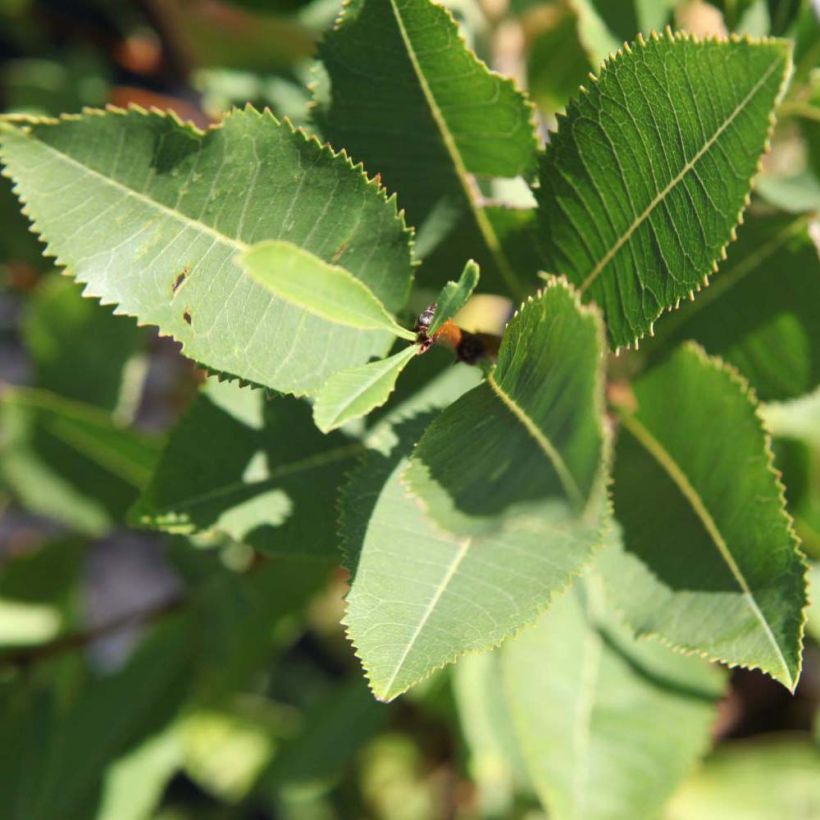

Plant habit
Flowering
Foliage
Botanical data
Prunus
tenella
Fire Hill
Rosaceae
Dwarf Russian Almond
Cultivar or hybrid
Other Shrubs A to Z
View all →Planting and care
Prunus tenella is planted in spring or autumn, depending on the climate. It thrives in full sun or partial shade, in any light, well-drained soil that is not too dry or poor. It tolerates limestone well, but not drought: water during abnormally dry and hot weather. When planting, mix your soil with compost at a ratio of 50%. Dig a large planting hole. Choose a location that is somewhat sheltered from the wind, as the flowers are fragile. Apply a flowering shrub fertiliser every spring. Pruning is beneficial, just after flowering.
Planting period
Intended location
Care
Planting & care advice
-
, onOrder confirmed
Reply from on Promesse de fleurs
Similar products
Haven't found what you were looking for?
Hardiness is the lowest winter temperature a plant can endure without suffering serious damage or even dying. However, hardiness is affected by location (a sheltered area, such as a patio), protection (winter cover) and soil type (hardiness is improved by well-drained soil).

Photo Sharing Terms & Conditions
In order to encourage gardeners to interact and share their experiences, Promesse de fleurs offers various media enabling content to be uploaded onto its Site - in particular via the ‘Photo sharing’ module.
The User agrees to refrain from:
- Posting any content that is illegal, prejudicial, insulting, racist, inciteful to hatred, revisionist, contrary to public decency, that infringes on privacy or on the privacy rights of third parties, in particular the publicity rights of persons and goods, intellectual property rights, or the right to privacy.
- Submitting content on behalf of a third party;
- Impersonate the identity of a third party and/or publish any personal information about a third party;
In general, the User undertakes to refrain from any unethical behaviour.
All Content (in particular text, comments, files, images, photos, videos, creative works, etc.), which may be subject to property or intellectual property rights, image or other private rights, shall remain the property of the User, subject to the limited rights granted by the terms of the licence granted by Promesse de fleurs as stated below. Users are at liberty to publish or not to publish such Content on the Site, notably via the ‘Photo Sharing’ facility, and accept that this Content shall be made public and freely accessible, notably on the Internet.
Users further acknowledge, undertake to have ,and guarantee that they hold all necessary rights and permissions to publish such material on the Site, in particular with regard to the legislation in force pertaining to any privacy, property, intellectual property, image, or contractual rights, or rights of any other nature. By publishing such Content on the Site, Users acknowledge accepting full liability as publishers of the Content within the meaning of the law, and grant Promesse de fleurs, free of charge, an inclusive, worldwide licence for the said Content for the entire duration of its publication, including all reproduction, representation, up/downloading, displaying, performing, transmission, and storage rights.
Users also grant permission for their name to be linked to the Content and accept that this link may not always be made available.
By engaging in posting material, Users consent to their Content becoming automatically accessible on the Internet, in particular on other sites and/or blogs and/or web pages of the Promesse de fleurs site, including in particular social pages and the Promesse de fleurs catalogue.
Users may secure the removal of entrusted content free of charge by issuing a simple request via our contact form.
The flowering period indicated on our website applies to countries and regions located in USDA zone 8 (France, the United Kingdom, Ireland, the Netherlands, etc.)
It will vary according to where you live:
- In zones 9 to 10 (Italy, Spain, Greece, etc.), flowering will occur about 2 to 4 weeks earlier.
- In zones 6 to 7 (Germany, Poland, Slovenia, and lower mountainous regions), flowering will be delayed by 2 to 3 weeks.
- In zone 5 (Central Europe, Scandinavia), blooming will be delayed by 3 to 5 weeks.
In temperate climates, pruning of spring-flowering shrubs (forsythia, spireas, etc.) should be done just after flowering.
Pruning of summer-flowering shrubs (Indian Lilac, Perovskia, etc.) can be done in winter or spring.
In cold regions as well as with frost-sensitive plants, avoid pruning too early when severe frosts may still occur.
The planting period indicated on our website applies to countries and regions located in USDA zone 8 (France, United Kingdom, Ireland, Netherlands).
It will vary according to where you live:
- In Mediterranean zones (Marseille, Madrid, Milan, etc.), autumn and winter are the best planting periods.
- In continental zones (Strasbourg, Munich, Vienna, etc.), delay planting by 2 to 3 weeks in spring and bring it forward by 2 to 4 weeks in autumn.
- In mountainous regions (the Alps, Pyrenees, Carpathians, etc.), it is best to plant in late spring (May-June) or late summer (August-September).
The harvesting period indicated on our website applies to countries and regions in USDA zone 8 (France, England, Ireland, the Netherlands).
In colder areas (Scandinavia, Poland, Austria...) fruit and vegetable harvests are likely to be delayed by 3-4 weeks.
In warmer areas (Italy, Spain, Greece, etc.), harvesting will probably take place earlier, depending on weather conditions.
The sowing periods indicated on our website apply to countries and regions within USDA Zone 8 (France, UK, Ireland, Netherlands).
In colder areas (Scandinavia, Poland, Austria...), delay any outdoor sowing by 3-4 weeks, or sow under glass.
In warmer climes (Italy, Spain, Greece, etc.), bring outdoor sowing forward by a few weeks.































